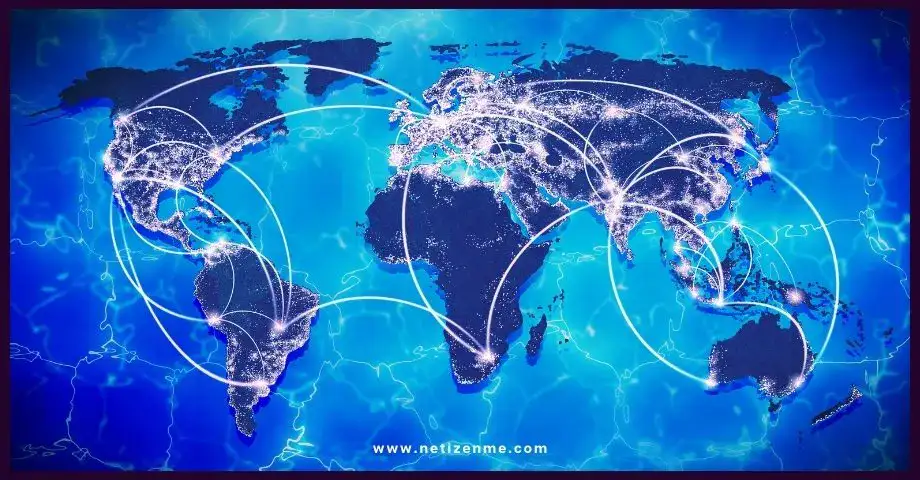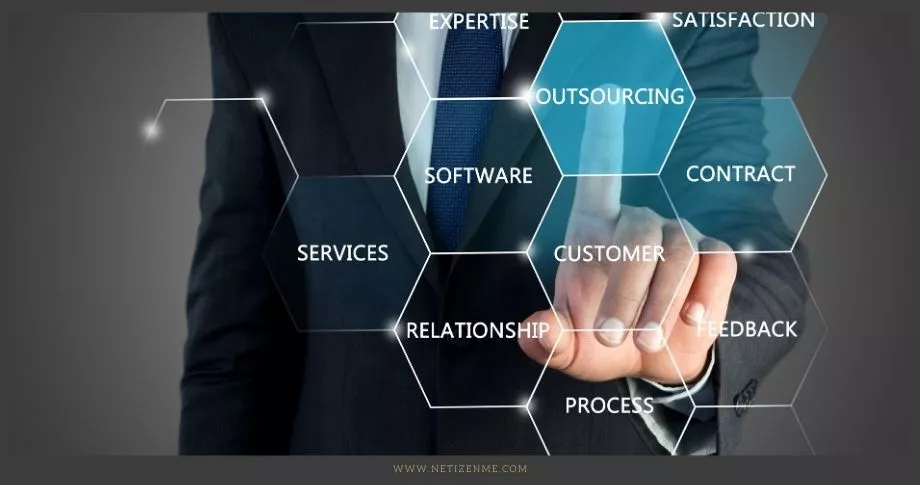In a world that’s increasingly interconnected, businesses are compelled to think globally. The allure of new markets, untapped potential, and a broader consumer base can be a tantalizing prospect. However, venturing into a globalized market comes with its set of challenges and costs. What were some costs of entering a globalized market? Let’s delve into these expenses and explore how businesses can navigate the intricacies of international expansion.
What were some costs of entering a globalized market?
Market Research Costs:
Entering a global market necessitates a comprehensive understanding of the target market. This entails substantial investments in market research, which includes gathering information about local consumer preferences, buying behaviors, market trends, and competition. Market research is the foundation on which businesses build their international strategies.
Market research costs can vary significantly depending on the size and complexity of the target market. Companies may hire local experts, conduct surveys, and analyze data to gain insights. The investment in market research ensures that businesses make informed decisions when entering a new market.
Regulatory and Compliance Expenses:
Every country has its own set of laws and regulations governing businesses. Navigating these legal mazes can be a costly affair. Companies must allocate resources to understand and adhere to local compliance requirements, which often include permits, licenses, tax regulations, and trade laws.
Elaboration:
Hiring legal counsel, understanding local tax structures, and ensuring compliance with industry-specific regulations can require significant financial and time investments. Non-compliance can lead to penalties, fines, and even the closure of business operations in the target market.
Infrastructure Investment:
Establishing a presence in a new market demands a physical or virtual infrastructure. This includes setting up offices, manufacturing facilities, distribution centers, or e-commerce platforms tailored to local preferences and expectations.
Infrastructure costs can vary depending on the scale of operations and the type of industry. For instance, manufacturing industries would require extensive investments in building and machinery, while online businesses might focus on building user-friendly websites and optimizing their e-commerce logistics.
Currency Fluctuations and Exchange Rate Risks:
Currency fluctuations can be a double-edged sword. On one hand, favorable exchange rates can reduce costs, while unfavorable fluctuations can inflate expenses. Managing exchange rate risks often necessitates engaging in hedging strategies and maintaining currency reserves.
Currency exchange risk can significantly impact a company’s bottom line. For example, a sudden devaluation of the local currency in a target market can result in reduced revenue when converted to the home currency, affecting profitability and financial stability.
Cultural Adaptation Costs:
Adapting products, services, and marketing strategies to resonate with local cultures is a critical aspect of global expansion. This may involve not only language translation but also understanding and respecting local customs, traditions, and values.
Cultural adaptation can include rebranding, redesigning products, and even changing advertising campaigns. Failing to adapt to local cultures can lead to insensitivity, loss of consumer trust, and even backlash.
Supply Chain and Logistics Expenses:
Managing the flow of products and services across international borders is a complex process. Companies need to establish efficient supply chains, which may involve warehousing, transportation, customs clearance, and inventory management.
Supply chain costs encompass logistics, shipping, and inventory expenses. Companies must plan for contingencies, such as port delays or customs issues, which can add to the overall cost of doing business in a global market.
Marketing and Promotion Costs:
Building brand awareness in a new market requires strategic marketing and promotional efforts. These efforts can include advertising, public relations, and market entry campaigns.
In some cases, marketing costs can be substantial, especially in highly competitive markets. Businesses often need to identify the most effective channels and mediums to reach their target audience and allocate resources accordingly.
Human Resource Expenses:
Hiring and retaining local talent is crucial for the success of any global venture. Recruitment, training, and the cost of maintaining an international workforce can be a significant financial burden.
Businesses may need to establish HR departments or hire international HR consultants to navigate local labor laws and practices. Skilled employees who understand the local market and culture are essential for a successful global expansion.
Intellectual Property Protection:
Protecting intellectual property, including trademarks, patents, and copyrights, is crucial when entering a global market. Legal and administrative costs associated with IP protection are a necessary expense.
Intellectual property infringement can be costly and damaging to a business. Investing in legal protections and enforcement is crucial to safeguard a company’s innovations and brand identity in a new market.
Political and Economic Risks:
Unforeseen political instability, economic crises, or changes in government policies can pose substantial risks. Businesses may need to allocate resources to monitor and adapt to these risks.
Companies may need to have contingency plans in place, such as diversifying their investments, staying informed about political developments, and maintaining flexibility in their operations to respond to changing economic conditions.
What were some costs of entering a globalized market? In conclusion, the journey into the global market is rife with potential, but it’s not without its costs. From market research and legal compliance to adapting to local cultures and mitigating risks, businesses must make substantial investments to thrive internationally. By understanding these costs and strategically planning for them, companies can better navigate the challenges and reap the rewards of global expansion. With careful consideration and wise investments, the global market can offer boundless opportunities for growth and success.
This article is written by:
Our professional writers and editors are passionate about sharing high-quality information and insights with our audience. We conduct diligent research, maintain fact-checking protocols, and prioritize accuracy and integrity to the best of our capacity.
You can cite our articles under the author name "Netizenme"


